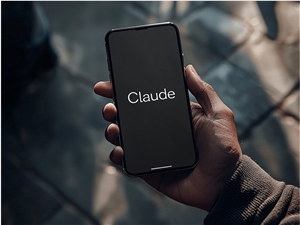In just six days, participants successfully bypassed all safety measures of the Anthropic AI model Claude 3.5, sparking new discussions in the field of AI safety. Jan Leike, a former member of the OpenAI alignment team and now employed at Anthropic, announced on the X platform that one participant managed to breach all eight security levels. This collective effort involved approximately 3,700 hours of testing and 300,000 messages from participants.
Despite the challengers' success, Leike emphasized that no one has yet proposed a universal "jailbreak method" that can address all security challenges at once. This means that despite the breakthroughs, a one-size-fits-all approach to bypassing all safety measures has not been found.

Challenges and Improvements of the Safety Classifier
As AI technology continues to grow more powerful, protecting it from manipulation and misuse, especially regarding harmful outputs, has become an increasingly important issue. In response, Anthropic has developed a new safety approach—a safety classifier specifically designed to prevent general jailbreak attempts. This method assesses whether input content could manipulate the model through predefined rules, thereby preventing dangerous responses.
To test the effectiveness of this system, Anthropic recruited 183 participants over two months to attempt to breach the safety measures of the Claude 3.5 model. Participants were asked to try to bypass the safety mechanisms to make Claude answer ten "taboo questions." Despite offering a $15,000 prize and conducting nearly 3,000 hours of testing, no one was able to bypass all safety measures.
Early versions of the safety classifier had some issues, including misclassifying harmless requests as dangerous ones and requiring significant computational power. However, these issues were effectively addressed with subsequent improvements. Testing data showed that 86% of manipulation attempts were successful on the unprotected Claude model, while the protected version blocked over 95% of manipulation attempts, although the system still requires substantial computational resources.
Synthetic Training Data and Future Safety Challenges
This safety system is based on synthetic training data, using predefined rules to construct the model's "constitution," which determines which inputs are allowed and which are prohibited. Classifiers trained on these synthetic examples can effectively identify suspicious inputs. However, researchers acknowledge that this system is not flawless and cannot handle all forms of general jailbreak attacks, thus recommending its use in conjunction with other safety measures.
To further validate this system, Anthropic will release a public demo version between February 3 and 10, 2025, inviting security experts to participate in the challenge, with results to be shared in subsequent updates.
This contest regarding AI safety highlights the significant challenges and complexities faced in protecting AI models. As technology continues to advance, finding ways to enhance model functionality while ensuring safety remains a critical issue for the AI industry.









